INTRODUCTION to Wound Care Certification: Wound Care Certification Study Guide, Third Edition, was developed to encourage health care professionals to obtain recognized credentials in wound care, which should result in improved medical practice, competence,and patient outcomes.
Rx Pad
Infection, Immunity, and the use of Hyperbaric Oxygen Therapy in Thermal Burns
A significant and consistently positive body of evidence from animal and human studies of thermal injury supports the use of hyperbaric oxygen as a means of preventing dermal ischemia, reducing edema, modulating the zone of stasis, preventing partial- to full-thickness conversion, preserving cellular metabolism, dampening inflammation, preventing infection, and promoting healing. The overwhelming majority of clinical reports have shown reduced mortality, length of hospital stays, number of surgeries, and cost of care. Hyperbaric oxygen has been demonstrated to be safe in the hands of those thoroughly trained in rendering this therapy in the critical care setting and with appropriate monitoring precautions. Careful patient selection is mandatory.
wound care courses
Chronic wounds may have cost the U.S. Medicare system as much as $95 billion dollars in 2014, which rivals the gross domestic product (GDP) of a small European country. Nearly 15% of all Medicare patients are affected, far more than have heart failure, although unlike heart disease, there are no recognized specialty training programs producing wound care experts to manage the growing epidemic of problem wounds. This is in part because a nonhealing wound is not actually a disease so much as it is a symptom. The typical patient with a nonhealing wound has an average of six serious comorbid conditions and takes an average of ten medications. If a wound fails to achieve healing, there is always a reason, and often more than one reason, with several different organ systems involved.
Aerospace Medical Association &
Undersea and Hyperbaric Medical Society:
The concepts of quality improvement (QI) and performance improvement (PI) in healthcare are not new and have been around in some form for many years. Implementing best practices and establishing quality and safety standards ensures that a hyperbaric department attains a high level of safe patient care.
General Mechanisms of Action of Oxygen in Infections:
With disease, oxygen delivery is compromised. The inflammatory response following infection is characterized by capillary leak and vasogenic edema that increases the diffusion distance between the vascular supply of dissolved and bound oxygen and adjacent tissues. Tissue edema also leads to variable degrees of tamponade and venous thrombosis, further compromising perfusion and oxygen delivery. Infection leads to microcirculatory shunting (reducing oxygen extraction) and mitochondrial uncoupling.
This 5th Edition of Hyperbaric Medicine Practice, captained by Dr. Harry T. Whelan, is the most robust and monumental information source for undersea and hyperbaric medicine to date. Split into two volumes due to its size and detail, this 5th edition boasts six new chapters. With the help of 70 contributors from all over the world, Hyperbaric Medicine Practice has become the go-to authority for both studying and practicing hyperbaric medicine professionals.
Determining the best interventions, including dressing selection, for patients and their wounds requires looking at the situation holistically. Creating the treatment plan for a chronic wound is dependent upon many diverse patient, wound, economic, and social considerations. The dressing selection goes beyond simply choosing a product to cover the wound. Detailed assessments of the patient and wound should drive the components of goal-directed wound care. The health-care provider must determine the etiology of the wound, patient comorbidities that may impair the wound healing processes (e.g. diabetes and blood glucose levels), nutrition/hydration status, systemic and local tissue oxygenation, and patient/family concerns such as pain and odor issues. Each of these factors contributes to creating an individualized plan of care for choosing the most appropriate products and interventions.
A consensus document by Keast et al. reviewed clinically useful wound measurement approaches. This evidence-based document provided an overview of principles and practice regarding chronic wound assessment in a simple mnemonic format. The text articulated effective management of a nonhealing wound based upon:
Various theories have been proposed to explain why some wounds become chronic and non-healing. Although the complete answer is not yet available, a great deal has been learned in recent years that sheds light on this phenomenon.
Adequate wound perfusion and its delivery of oxygen to the healing tissues is fundamental to wound healing as just explained. Revascularization invariably is the first intervention considered to achieve this goal. Hyperbaric oxygen all too often is not considered in the management. In addition, other interventions can improve perfusion-oxygenation. These include edema reduction, improvement in cardiac function through medical management, and enhanced blood rheology using pharmacological methods. In contrast to the other four treatment strategies where typically a single technique is utilized, the methods to improve the perfusion-oxygenation strategy are complimentary, and typically two or more techniques are employed simultaneously.
The second source of information regarding perfusion-oxygen needs for wound healing arises from indirect information . It is obvious that markedly increased blood flow and oxygen availability are required to heal a wound and control infection.(19) Perfusion and oxygen requirements are minimal for noncritical tissues that do not have wounds or infections because they are in a steady-state, resting status. An example of this would be the feet of the patient with advanced peripheral artery disease. If a relatively minor wound occurs in one foot, healing may not occur, and a lower limb amputation becomes necessary. In contrast, in the opposite limb that does not have a wound, but perfusion is equally poor, the foot is not immediately at risk for an amputation.
There are differing opinions regarding when to use advanced wound modalities. Many believe that advanced wound modalities should only be used when a wound fails to heal with standard wound management over some period of time, while some believe that advanced therapies should be used immediately on wounds that are identified to be potentially difficult to heal.(2-6) Most insurance carriers have specific guidelines that govern when they will allow use of advanced wound modalities.
Dressing product selection is based on comprehensive assessments of the wound and the patient’s overall physiology. Determining whether a person’s body can support complete wound healing requires clinical skills and significant knowledge of the many barriers to healing, including which impediments can be influenced by the wound care team and which cannot. When making decisions for treatment, one should consider whether the wound has healing potential, is more likely maintenance wound, or has evolved to a non healable ulcer unable to garner the endogenous constituents needed for wound closure and healing.(12,16) For instance, a patient with end-stage cancer who has a Stage 4 infected pressure injury located on the sacrum may benefit from interventions aimed at pain and odor control, addressing the infection, support for activities of daily living, and other health-related quality-of-life issues addressed through a palliative care approach rather than aggressive debridement and advanced dressings looking at the end goal of wound closure.(16) In such a case, maintenance wound care would be more appropriate.
Copyright
© Wound Care Education Partners
In this 3 - Part series, we're looking at the most commonly used classification scales currently in use to classify diabetic foot ulcers, including:
There are many scales that attempt to classify diabetic foot ulcers, but few have been validated and none have demonstarated prognistic reliabilty or accuracy with regard to healing a DFU. Some scales focus on anatomy (depth of ulcer), some include vasular assessment, and others include the presence or absence of infection.
This is the third and final installment in the series about how to prepare your patient for wound care treatment.
This is the second in the series about how to prepare your patient for wound care treatment. In Part 1 we covered Transfers, Patient Comfort, Pain Scales; if you missed Part 1, you can read it here
In this series we're going to breakdown the main techniques to comfort patients when preparing for wound care treatment.
If you've been thinking of taking a training course to become certified in wound care (or need a refresher) - now is a great time to take action!
We have aggregrated information and resources for you that answer many questions and offer the latest knowledge, research, and treaments of COVID-19 as related to wound care and hyperbaric medicine.
First, a huge and heartfelt thank you to all providers who have been called into action on the front lines of the COVID-19 response. Thank you.
Various theories have been proposed to explain why some wounds become chronic and nonhealing. Although the complete answer is not yet available, a great deal has been learned in recent years that sheds light on this phenomenon.
Case study - Edema
History: This patient presents to the wound care clinic with a history of alcohol abuse, tobacco use, and congestive heart failure. Patient states that her legs are prone to swelling.
Question: Patients present to the wound care practitioner in a myriad of ways, how does the practitioner decide how to manage the wound?
These texts provide you with the most up-to-date, cutting-edge information for your wound care practice.
Copyright
© Wound Care Education Partners
Even though millions are affected by various forms of lymphedema worldwide, the existing literature fails to fully define the population-based prevalence, health outcomes, and treatment costs of this disorder.
Copyright
© Wound Care Education Partners
Copyright
© Wound Care Education Partners
Ideally, an HBO program should have a detailed policy for the diabetic patient and the immediate steps that one should take to elevate the patient’s blood sugar. However, for the patient who has a recurring problem with blood sugars that are less than the recommended pretreatment level, there are several options. One option is to contact the managing physician and explain the need for relaxed glycemic control while receiving hyperbaric therapy.
Copyright
© Wound Care Education Partners
Question: Patients present to the wound care practitioner in a myriad of ways, how does the practitioner decide how to manage the wound?
Copyright
© Wound Care Education Partners
Question: Each winter many hyperbaric oxygen therapy patients have difficulty getting to their scheduled treatments due to inclement weather. What recommendations do you have for helping keep patients' treatment schedules on track when the weather is a barrier to treatment?
Copyright
© Wound Care Education Partners



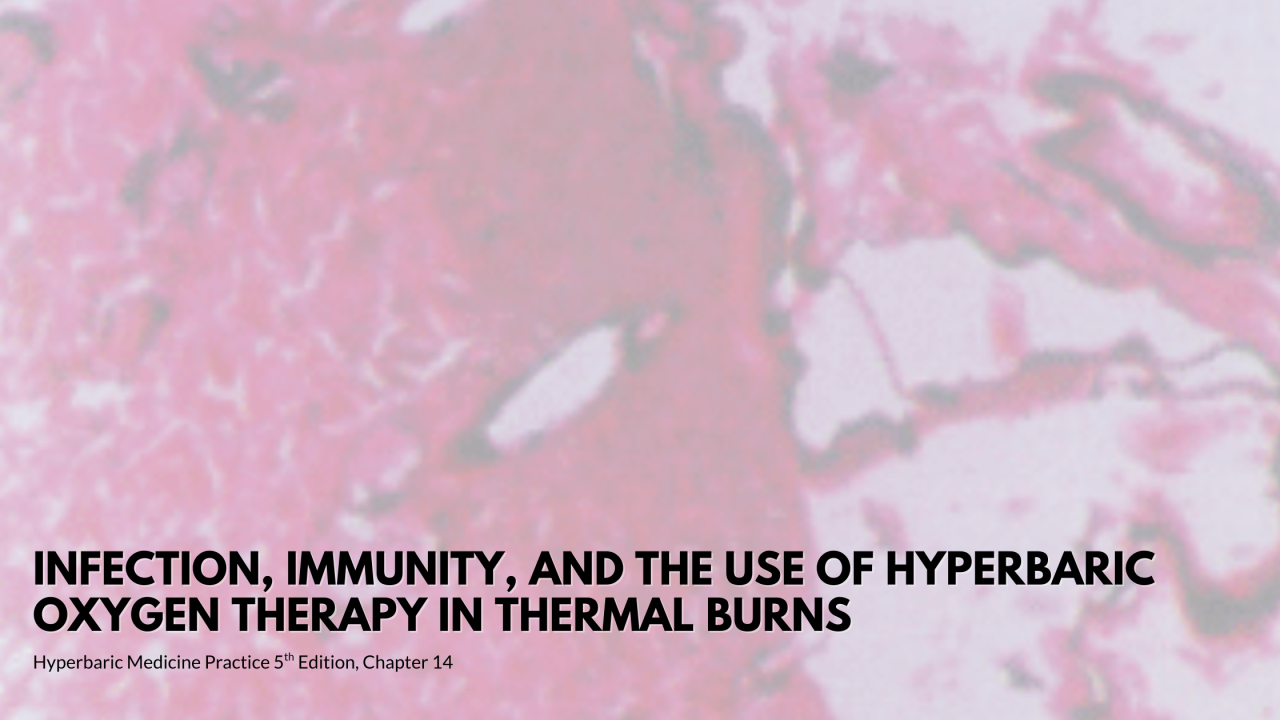
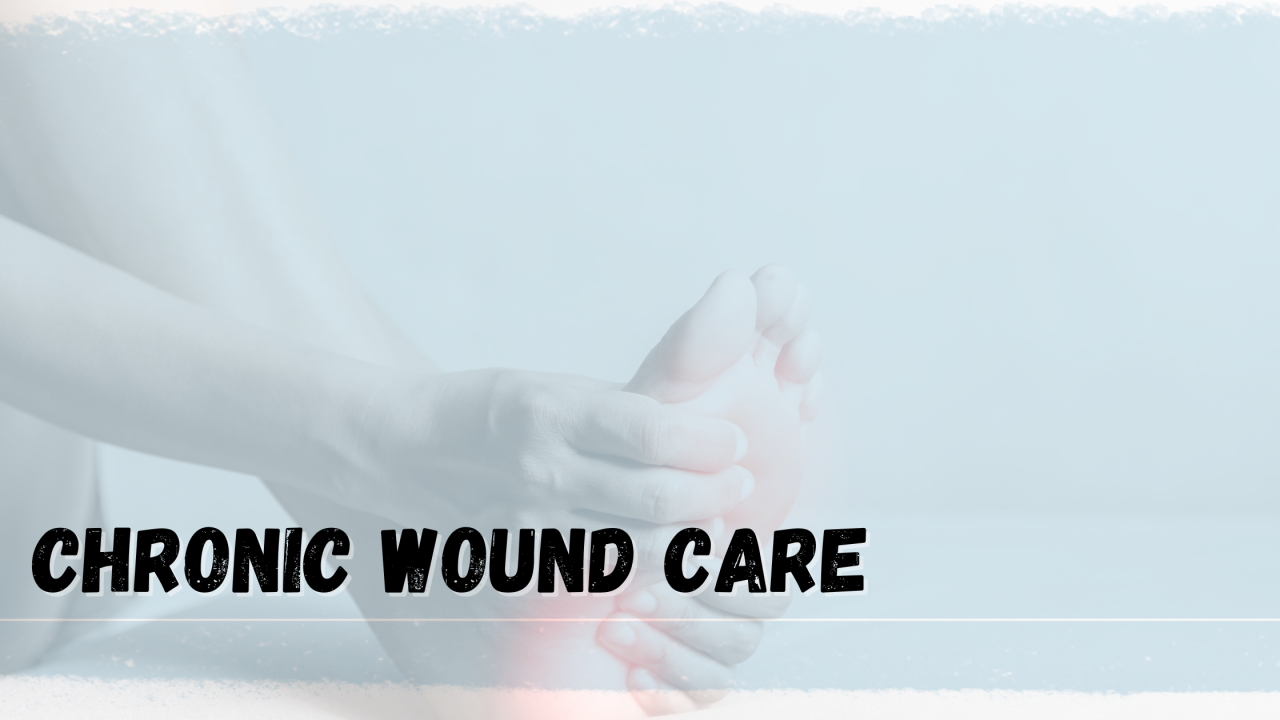




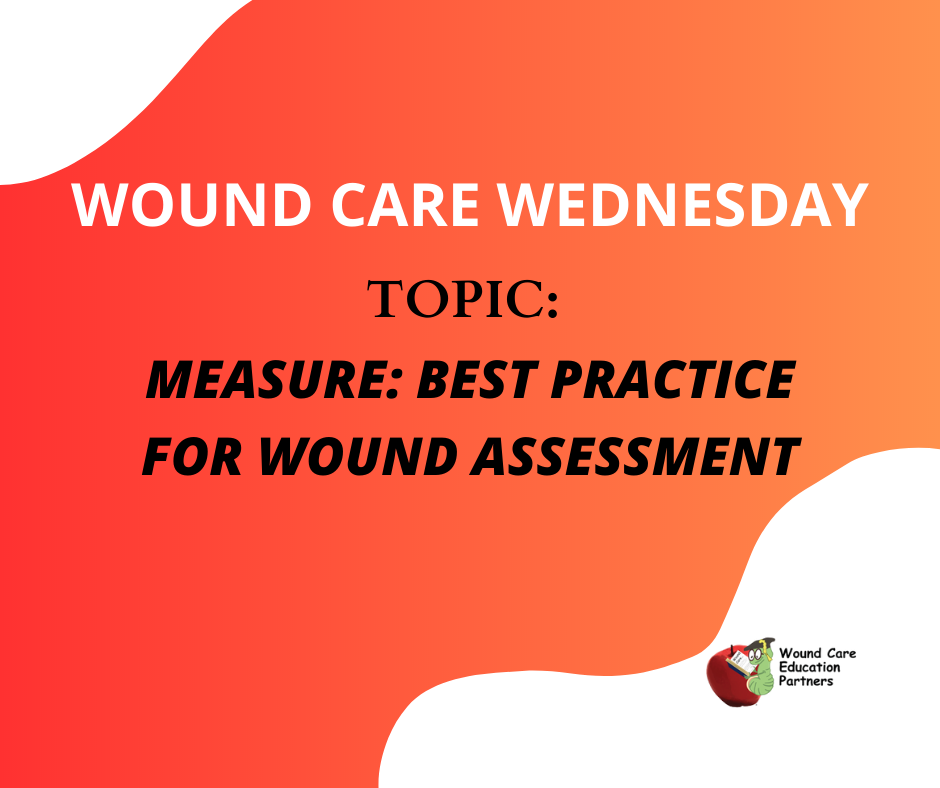
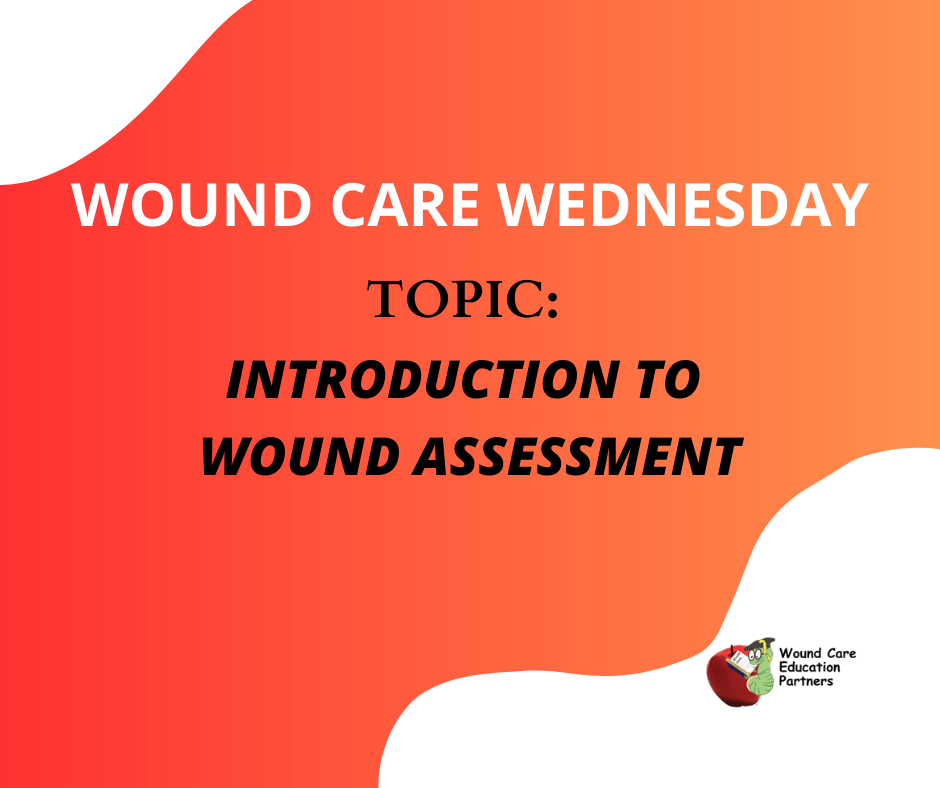



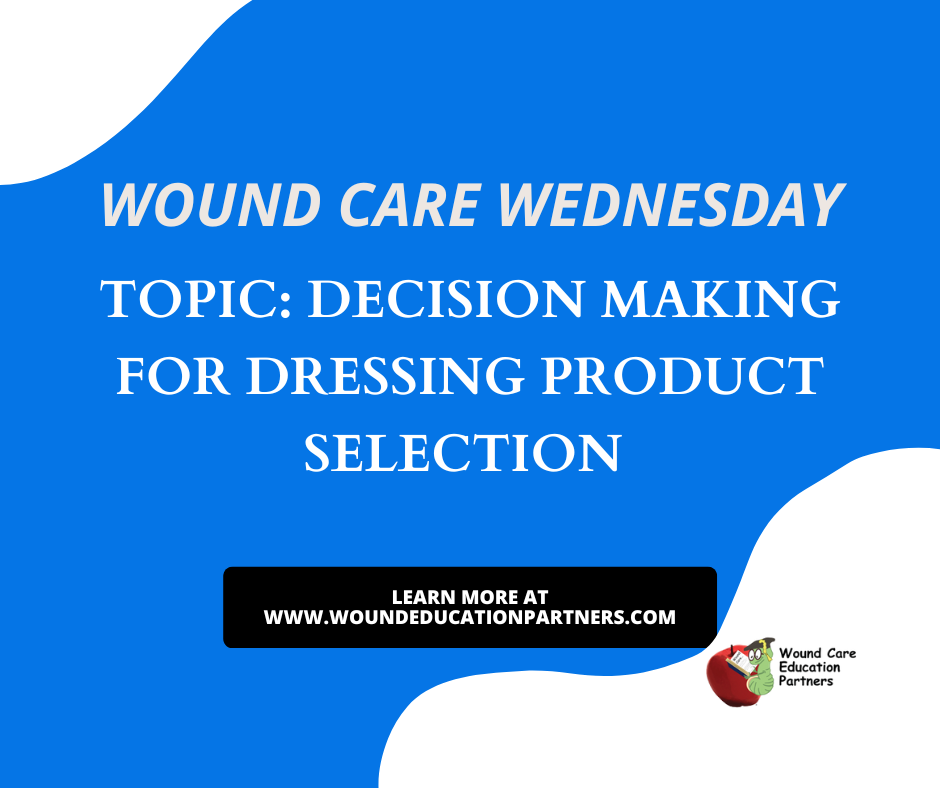
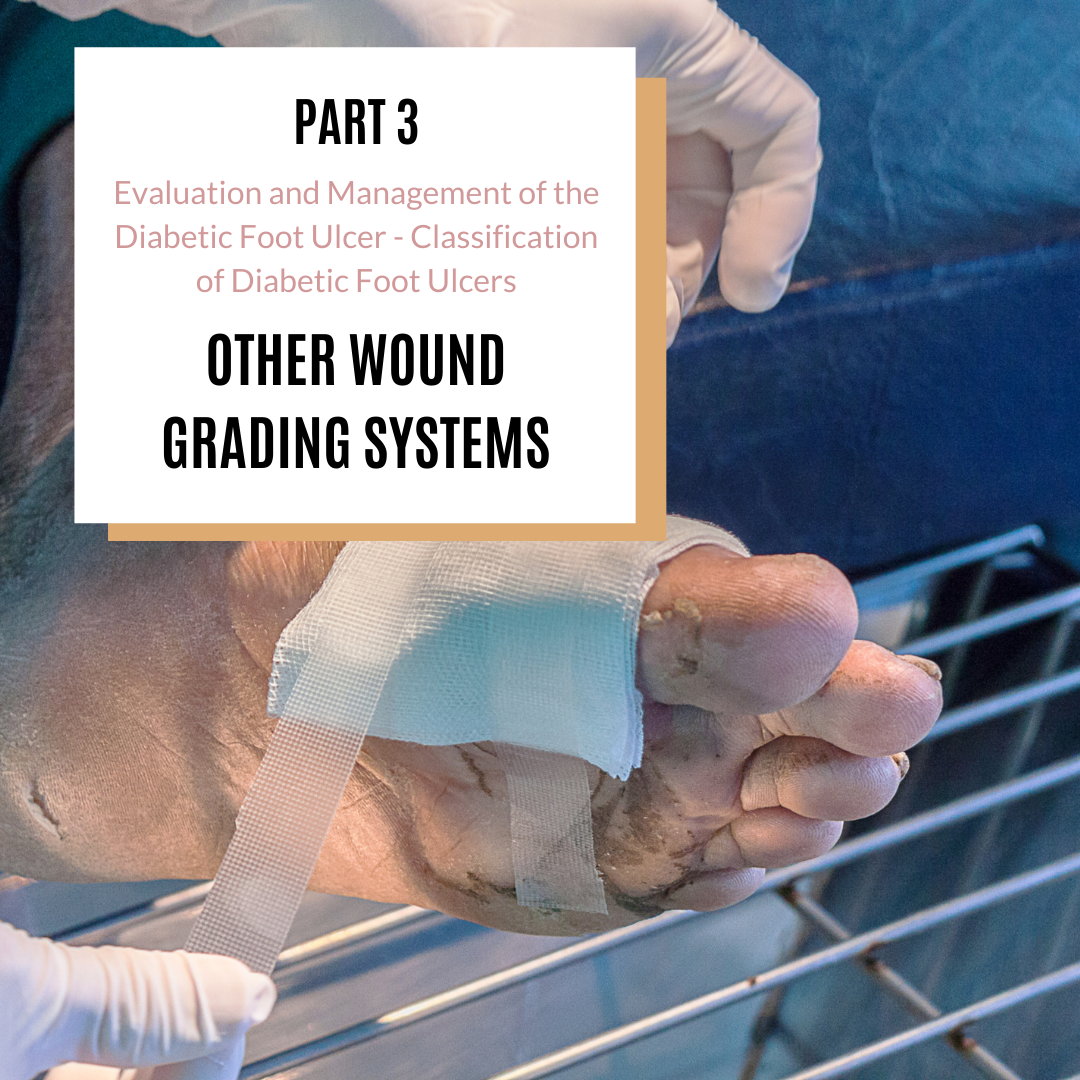
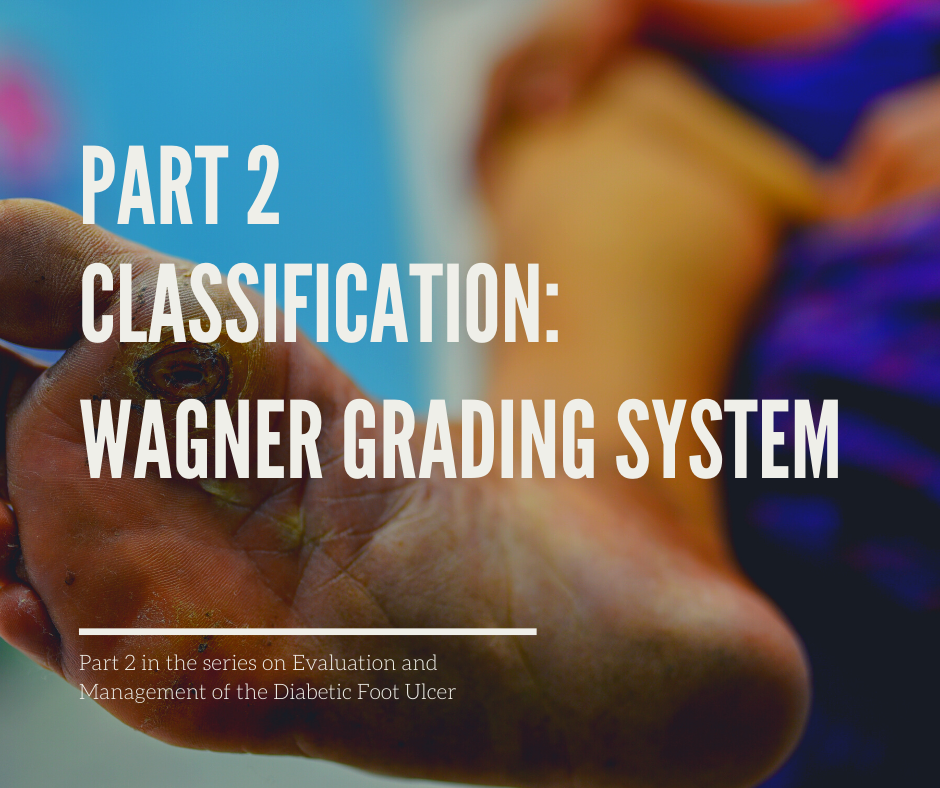
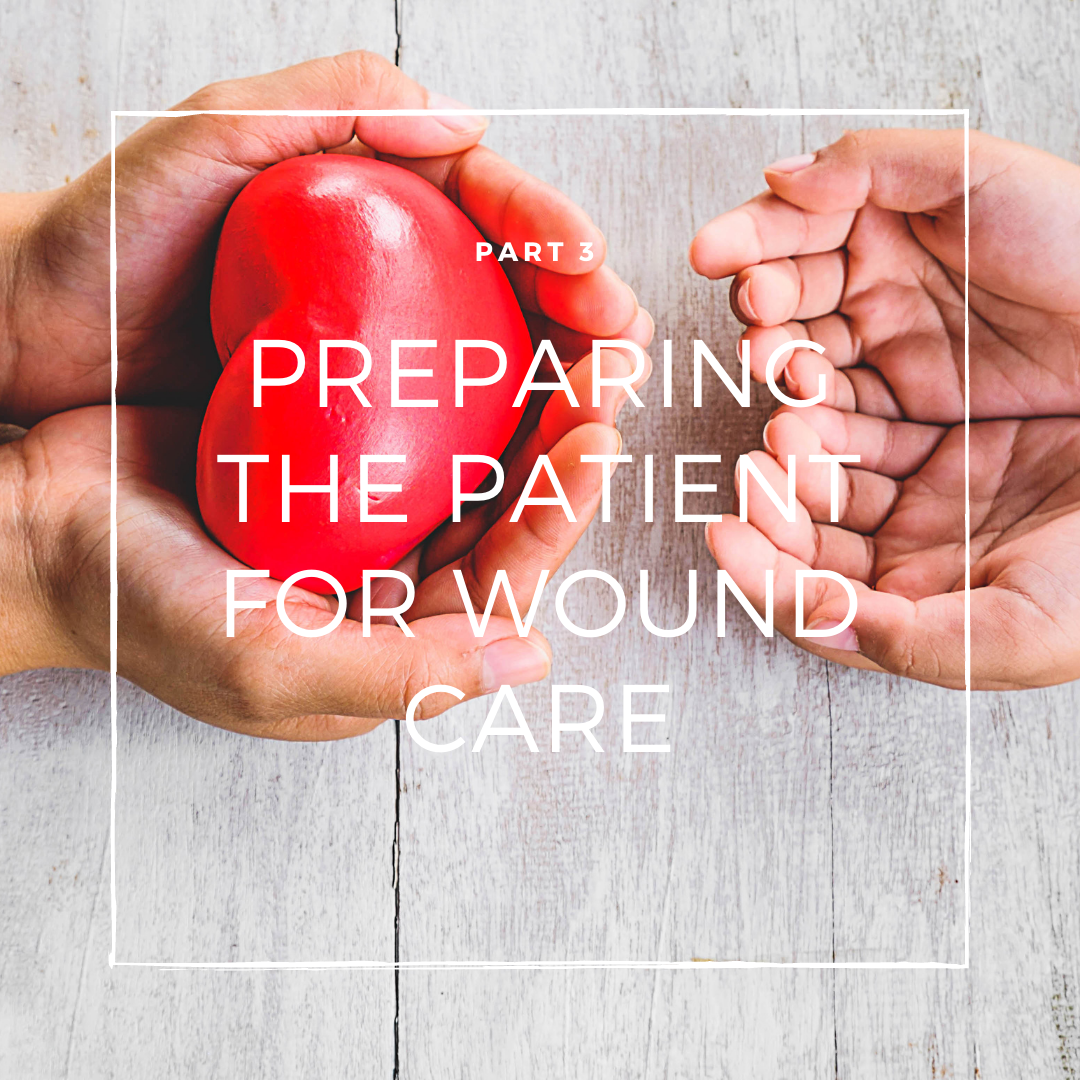
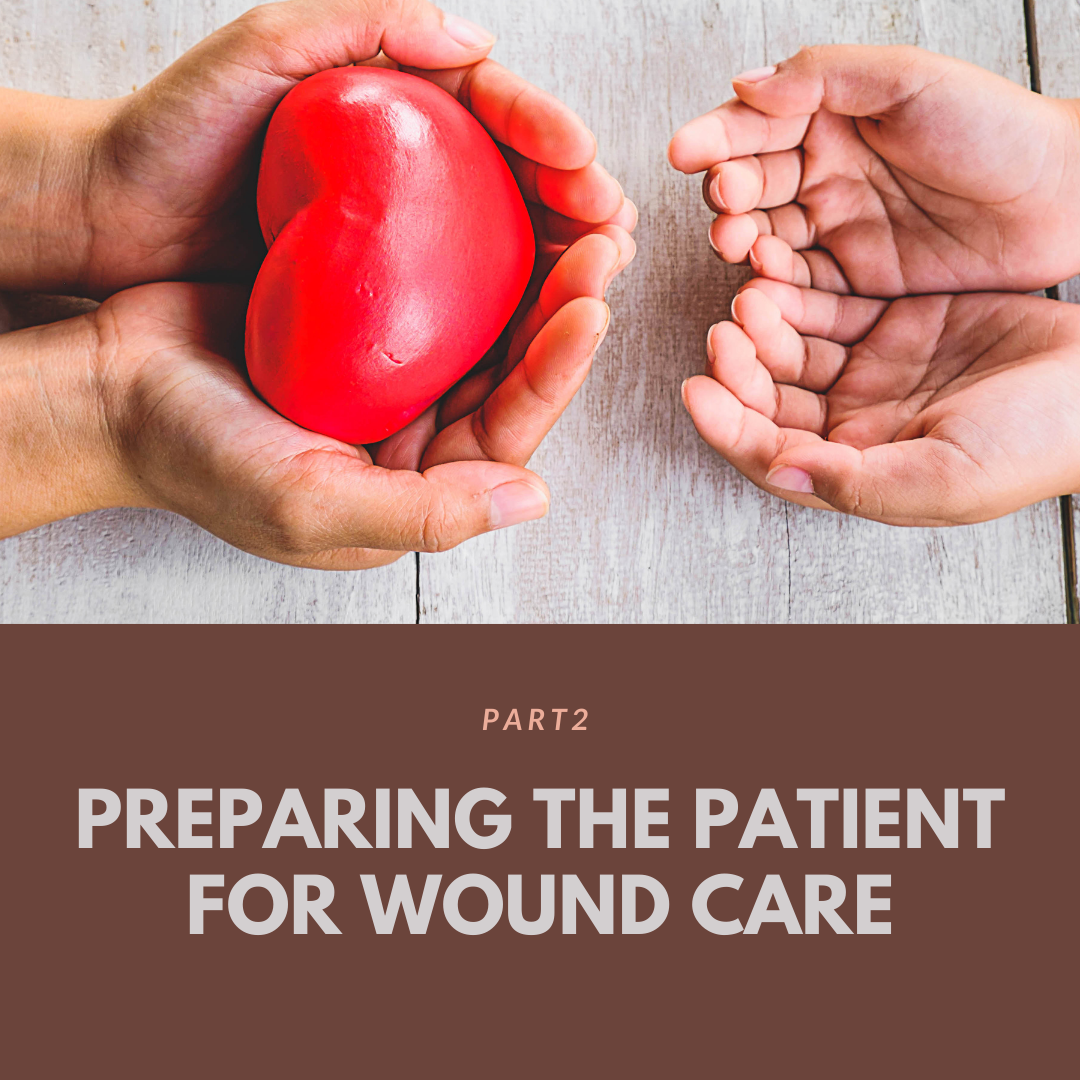
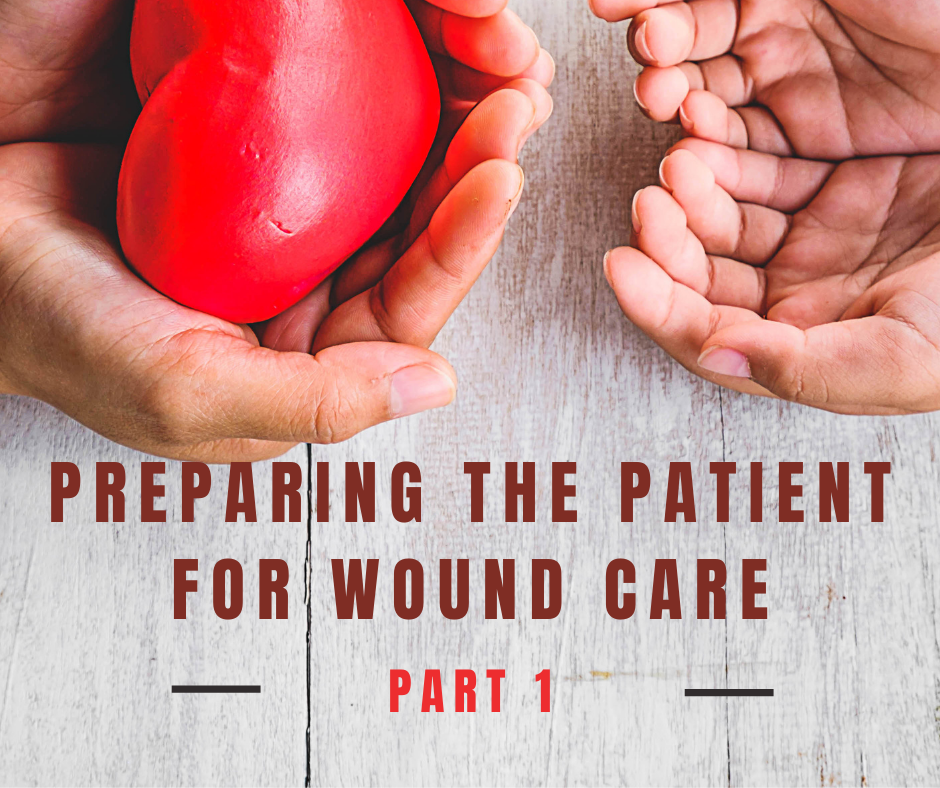

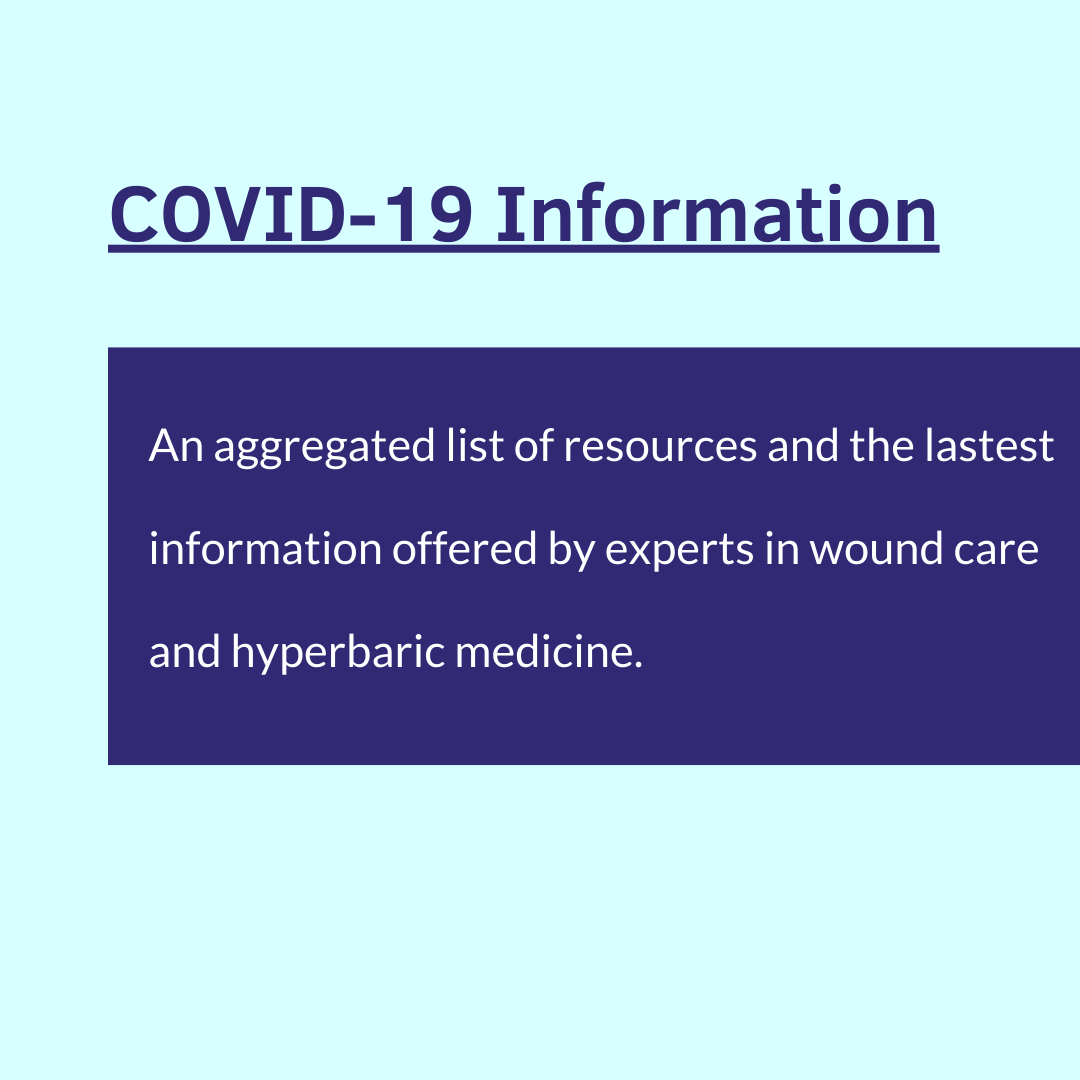


![[Video] Debridement: Learn How, When, and Why](https://mail.woundeducationpartners.com/images/easyblog_images/176/b2ap3_large_Wound-Care-Review-course-updates_ww.jpg)
